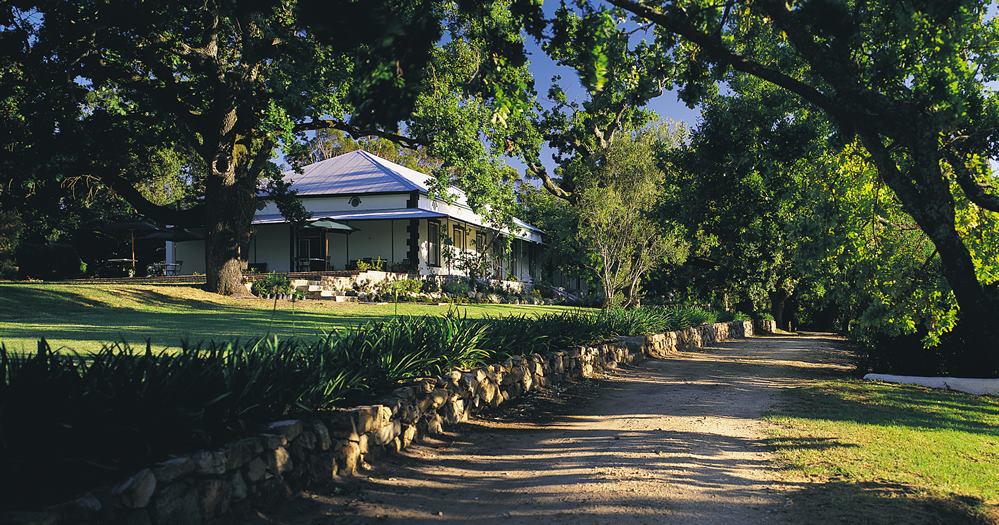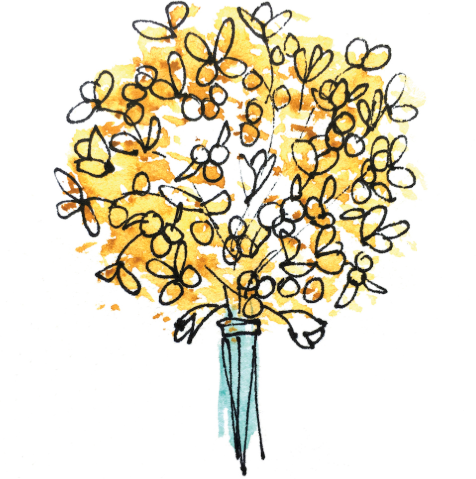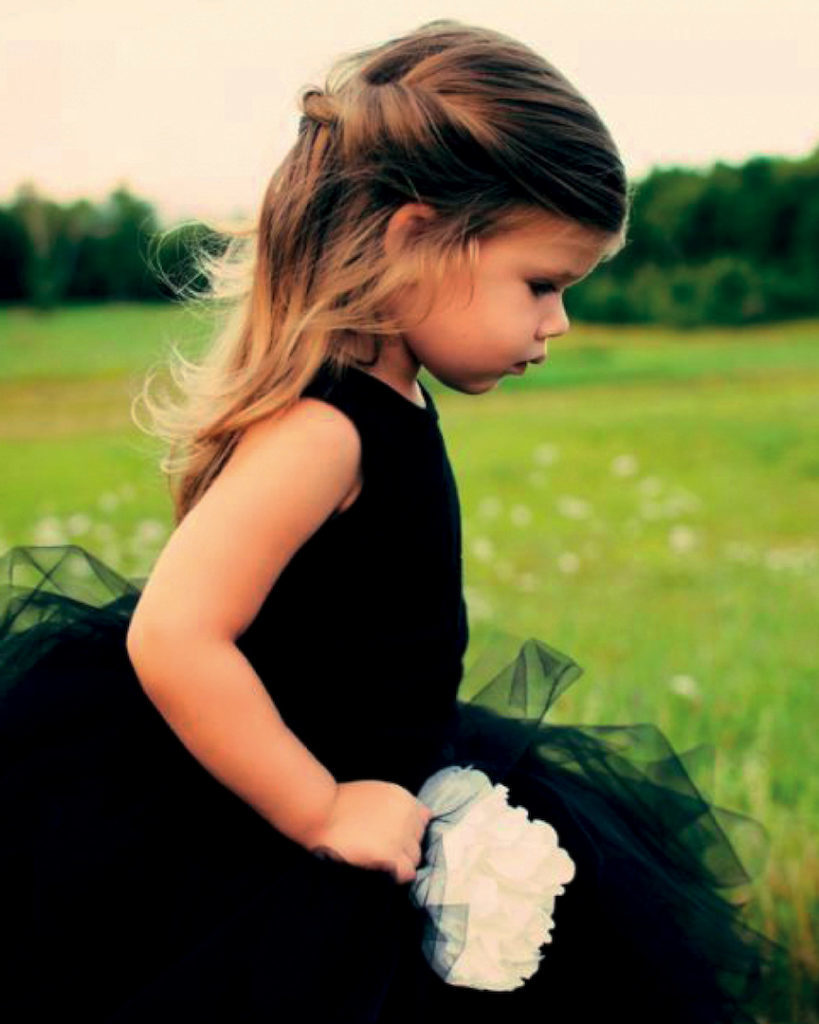Belief has compiled a selection of the top 15 destinations for weddings based on its Belief Awards. The Belief Award is an online contest created to celebrate wedding planners around the world. The main goal is to spread the talent worldwide and to honour the professionals’ knowledge and experience. Winners are selected by an array of experienced judges with adequate knowledge and experience within the wedding industry.
For most brides-to-be, deciding where to get married has and will always be a stressful topic and tough decision to make. However, the latest trend in the wedding industry has been destination weddings.
1. Lipari, Aeolian Islands, Italy

Lipari is one of the biggest of the Aeolian Islands in Italy. Its beautiful sea views and stunning landscapes make Lipari a perfect wedding destination. Its natural beauty speaks for itself and will definitely add romance to any wedding.
2. Manuel Antonio, Costa Rica

Situated on Costa Rica’s central Pacific coast, Manuel Antonio encapsulates the beauty of a rugged rainforest, coral reefs and white-sand beaches. Its tropical plants add to its amazing aesthetic, perfect for a wedding day. This wedding destination definitely has a romantic style but also a touch of elegance.
3. Placencia, Belize

Looking for a unique beach wedding destination? Placencia is the perfect place. Situated on a beach resort on the Caribbean coast of Belize, this is where you’d want your wedding day to be. Perfect sea views and stunning palm trees are all the decor you’ll need.
4. Kefalonia, Greece

An island west of mainland Greece, in the Ionian sea, Kefalonia is a beautiful wedding destination. Overlooking a harbour it would definitely add a touch of uniqueness to your special day.
5. Bruararfoss, Iceland

If you and your partner are more adventurous and love the thrill and rush of exploring, the Bruararfoss in Iceland is the perfect location for your wedding day. Its spectacular waterfall views speak for itself, adding nothing but nature’s beauty for amazing wedding snaps of you and your loved one.
6. Playa Paraiso, Ecuador

Looking for a chic and rustic yet stunning wedding destination? Playa Paraiso in Ecuador is the perfect location. Filled with activities to keep guests occupied, it’s without a doubt the kind of place where two can become one. It’s both peaceful and tranquil, which is what every bride wants for her and all her guests.
7. Gloucestershire, UK

If you love the outdoors, you’ll definitely love this wedding destination. Situated in South West England, Gloucestershire is a stunning location. With views of the valley of the River Severn, it allows for an amazing outdoor setting.
8. Lake Maggiore, Italy

If you and your partner want a traditional Roman Catholic wedding ceremony in a traditional Italian chapel, Lake Maggiore in Italy is the perfect destination for you. With breathtaking views and picture-perfect vistas, Lake Maggiore will add the Italian romance your wedding needs.
9. San Miguel de Allende, Mexico

Need some Mexican beauty for your wedding day? San Miguel de Allende in Mexico is the perfect place for you. Its architecture, art and cultural festivals will add all the spice your wedding day needs.
10. Crete, Greece

Greece’s largest island, Crete is both an elegant and scenic wedding destination. Its natural fine-sand beaches and white mountains create a perfect setting for a wedding.
11. Evora Boat, Lisbon, Portugal

Ever dreamed of getting married on a boat? In Portugal, Lisbon the Evora Boat is perfect. Having your guests on board with you exploring the beauty of Lisbon will definitely make your wedding day one to remember.
12. Djupavik, Iceland

Looking for a wedding destination with charming views and a breathtaking setting? Djupavik in Iceland is the answer. It will definitely make your wedding day the dream that will exceed all your expectations.
13. Alberobello and Polignano a Mare, Italy

Are you and your partner down to earth, sweet and romantic? The Alberobello and Polignano a Mare, Italy is the place you’re looking for. With perfect sunsets, it’s definitely a destination you’d want to consider.
14. Murcia and Granada, Spain

If you’re looking for architectural show-pieces to make your wedding images stand out, Murcia and Granada, Spain is the perfect location for your wedding day, no decor or added extras needed. The place itself speaks volumes.
15. Verbeke Foundation, Kemzeke, Belgium

If you and your partner love modern art, the Verbeke Foundation in Kemzeke, Belgium is the perfect location. All kinds of art can be seen, from contemporary to modern. An art lover’s dream!
Afrique is a new collection that is bold, raw, connected to earth and proudly South African. Each jewel tells a story and evokes captivating mystique and elegance, which…
If you’re looking for farm-style luxury, the farmhouse at Bartholomeus Klip offers the perfect country escape for newlyweds. Experience the best of both worlds with a chic and elegant layout amidst the forests and mountainous surrounds of the Cape Winelands.
THE VENUE
Located in the Riebeeck Valley, Bartholomeus Klip nestles among the mountains of the Elandsberg Nature Reserve on a sheep and wheat farm. The property is home to beautiful forests and a dam, and is situated on the border of a game reserve if you want to catch a bit of wildlife on your trip. Couples can enjoy a tranquil and private stay in the exclusive venue that caters for their every need. If you love being surrounded by nature but still prefer the comfortability of being indoors, then Bartholomeus Klip makes the perfect stay.
THE ROOMS
The rooms in the big farmhouse are quaint and charming, and conveniently attached to the house is a stunning restaurant so you don’t have to venture far for a romantic meal. Country-style meets splendour with wooden flooring, calming shades, claw bathtubs and stylish metal bed frames, offering a unique experience that will let romance flourish. Choose between a variety of rooms in the guest house, farmhouse, or self-catering units on the property, all boasting beautiful views and privacy.
THE FOOD
You can expect only the freshest in local produce, imaginative dishes and a luxurious take on home cooking at Bartholomeus Klip. Enjoy breakfast, lunch and dinner in the conservatory on the farm, or spend an afternoon indulging in one of their three-course meals at the restaurant. Guests can also partake in High Tea, with delicious sweet and savoury goods made freshly on the farm.
OTHER ACTIVITIES
With an immense variety of activities, you’ll never be at a loss for things to do. Whether it’s a quiet break to spend time with your partner, or a fun-filled adventure, you’ll find it all. Take part in one of the morning or evening game drives through the wilderness, or enjoy kayaking, canoeing and wind-surfing at the local dam. Guests can now also partake in archery, an exciting new activity on offer at the farm.
Find out more at bartholomeusklip.com.
Images: Bartholomeus Klip
So, you’ve found the love of your life. Now it’s time to find the other one – your wedding dress. Read our top tips from local experts before…
A key element of any traditional wedding, your bridal bouquet styles should not only be one that you love, but should also effortlessly match your colour palette, your decor style and your dress.
1. Nosegay – A compact cluster of flowers wrapped tight and cut to one uniform length
2. Pompander – A flower-covered ball shape, tied with a ribbon (a great option for flower girls)
3. Posy – One of the more popular options, it’s a small, round bouquet tied with ribbon
4. Hand-tied – A classic choice, it’s simply a dense bunch of flowers loosely tied together
5. Composite – Made up of different petals or buds wired together on a single stem
6. Pageant – Similar to the cascade, but more compact and pulled together
7. Cascade – A waterfall-like spill of blooms, either anchored in a holder or hand-tied
8. Round – The more buttoned-up version of a hand-tied bouquet, tied with ribbon
Illustrations: Robyn-Lee Baatjies
Header image: Unsplash
Having a wedding officiant is not only crucial but also an extremely important part of your day. As the MC of your ceremony, they set the tone of…
Don’t forget about the little ones! You want them to look sophisticated and chic, but still age-appropriate. Outfits and accessories inspired by vintage style is the perfect way to do just that.
One trend we love is to dress the kiddies as mini versions of the bride and groom!
Dress your ring bearer in a cute tux that matches the colours of the groom’s tux or suit.
Have the flower girl wear an accessory that matches the flowers; hair clips, floral crowns and corsages are popular.



























